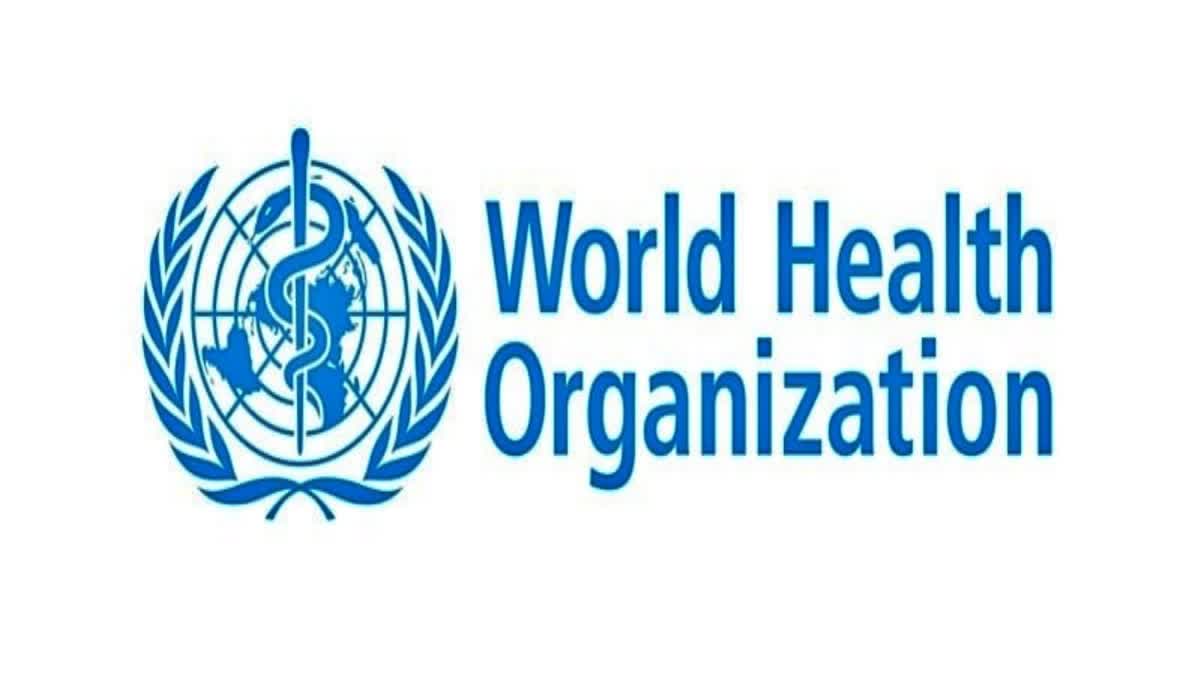Geneva/Hyderabad:The World Health Organization (WHO) on Friday released its updated Bacterial Priority Pathogens List (BPPL) 2024, featuring 15 families of antibiotic-resistant bacteria grouped into critical, high and medium categories for prioritisation. The list provides guidance on the development of new and necessary treatments to stop the spread of antimicrobial resistance (AMR).
What is Antimicrobial Resistance?
AMR occurs when bacteria, viruses, fungi, and parasites no longer respond to medicines, making people sicker and increasing the risk of disease spread, illness and deaths. AMR is driven in large part by the misuse and overuse of antimicrobials. The updated BPPL incorporates new evidence and expert insights to guide research and development (R&D) for new antibiotics and promote international coordination to foster innovation.
Major Global Threats
The critical priority pathogens, such as gram-negative bacteria resistant to last-resort antibiotics, and Mycobacterium tuberculosis resistant to the antibiotic rifampicin, present major global threats due to their high burden, and ability to resist treatment and spread resistance to other bacteria. Gram-negative bacteria have built-in abilities to find new ways to resist treatment and can pass along genetic material that allows other bacteria to become drug resistant as well.
High priority pathogens, such as Salmonella and Shigella, are of particularly high burden in low- and middle-income countries, along with Pseudomonas aeruginosa and Staphylococcus aureus, which pose significant challenges in healthcare settings.
Other high priority pathogens, such as antibiotic-resistant Neisseria gonorrhoeae and Enterococcus faecium, present unique public health challenges, including persistent infections and resistance to multiple antibiotics, necessitating targeted research and public health interventions.
Medium priority pathogens include Group A and B Streptococci (both new to the 2024 list), Streptococcus pneumoniae, and Haemophilus influenzae, which present a high disease burden. These pathogens require increased attention, especially in vulnerable populations including paediatric and elderly populations, particularly in resource-limited settings.
